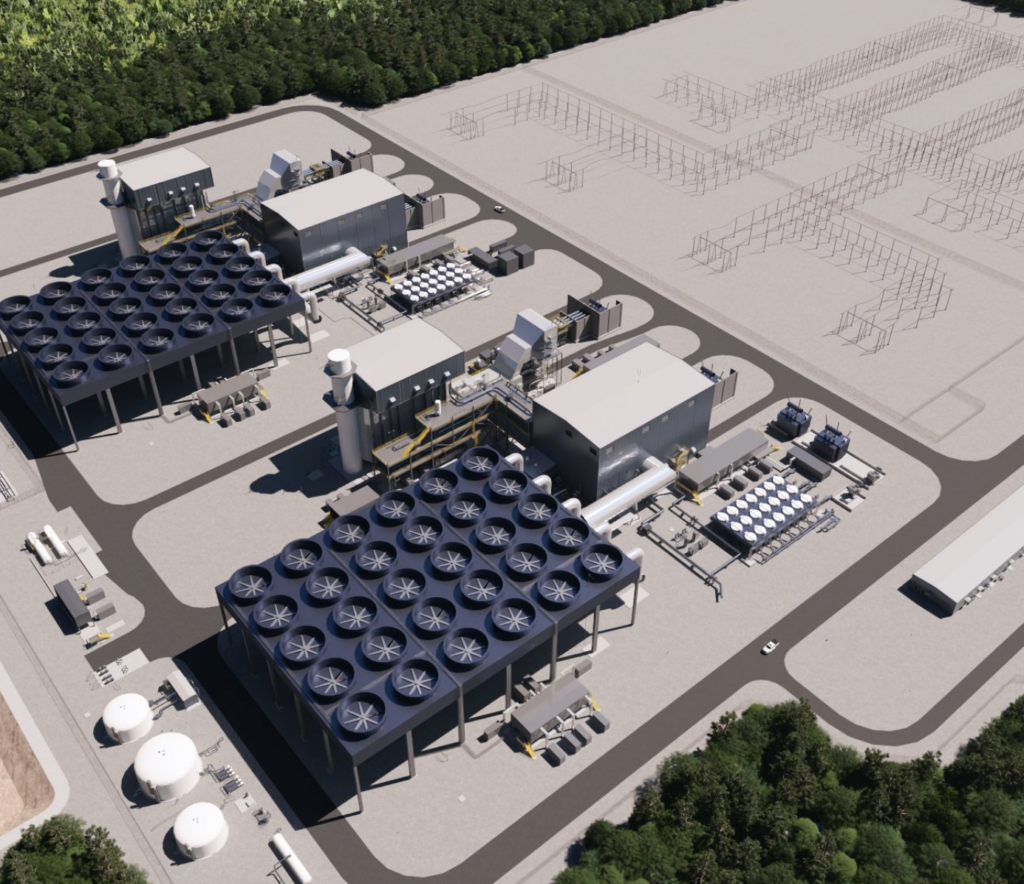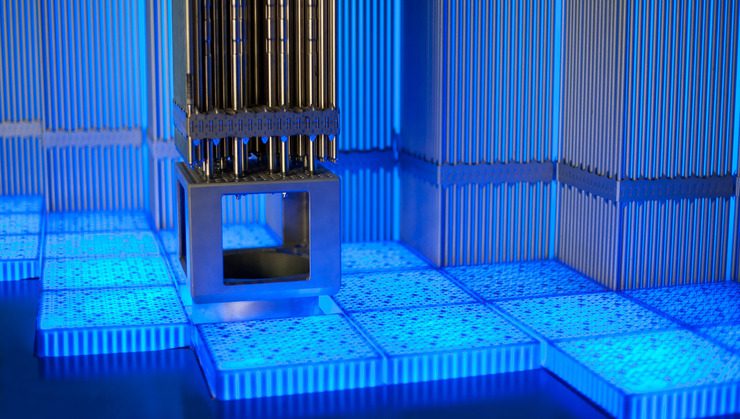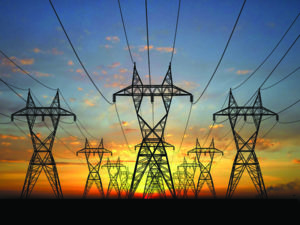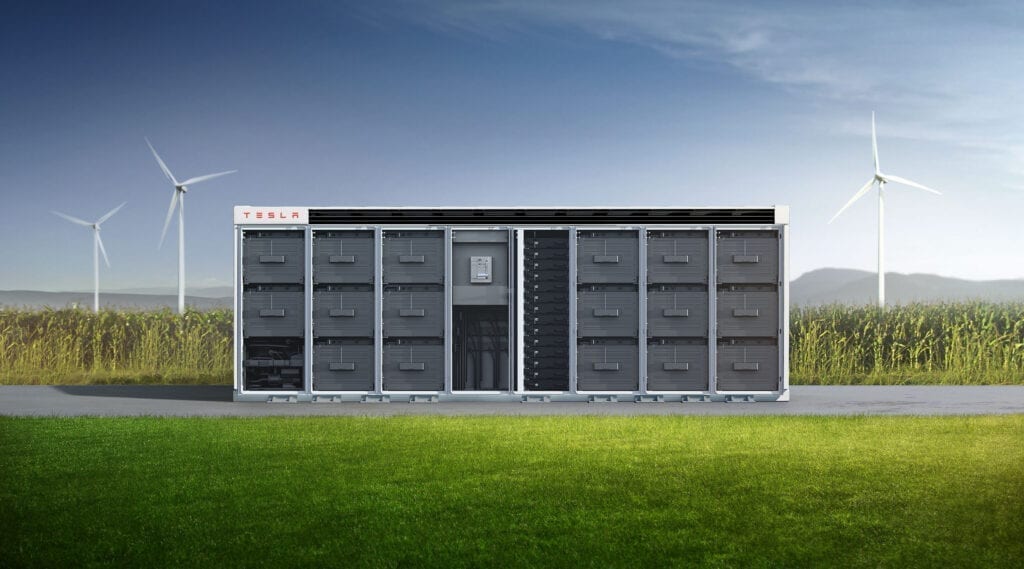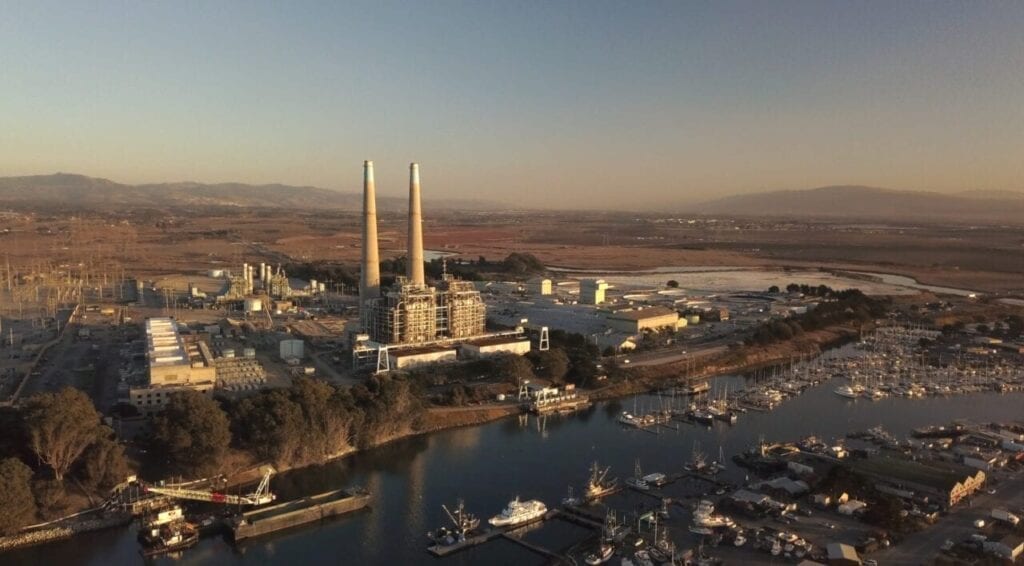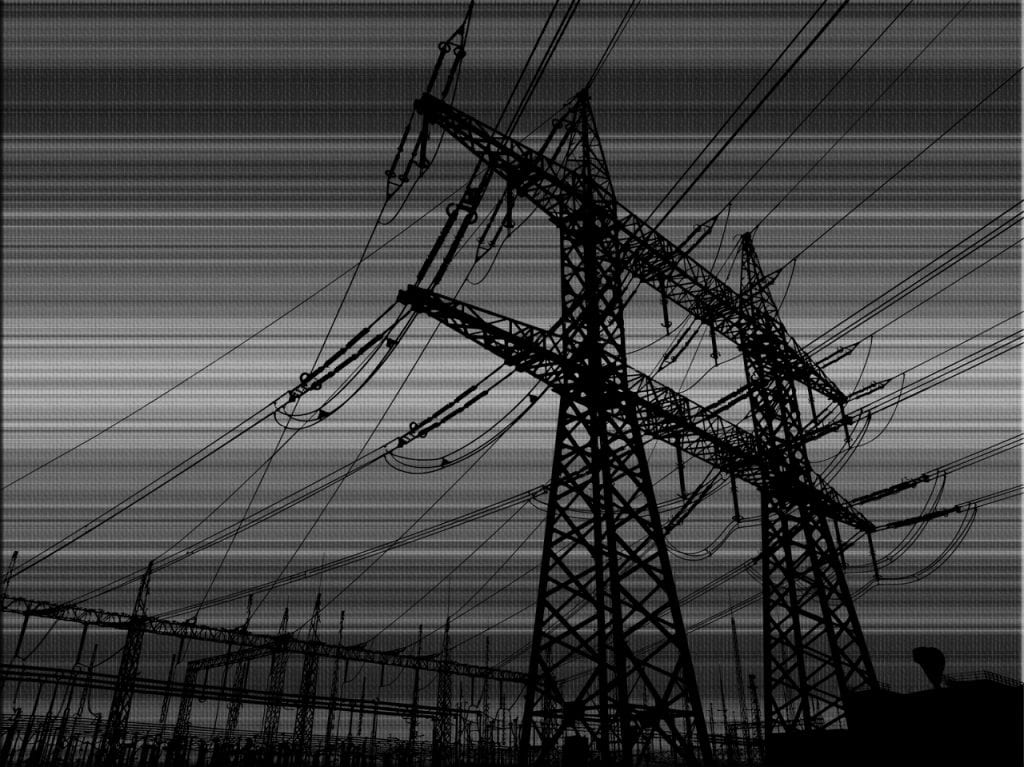A battery energy storage project in California is set to be the world’s largest in terms of generation capacity when the facility is fully energized later in September.
McCarthy Building Companies’ Renewable Energy & Storage group, based in Phoenix, Arizona, on Sept. 1 said the company had recently completed construction of LS Power’s 250-MW Gateway Energy Storage Project (Figure 1) in San Diego County. The Gateway installation is the latest in a series of large battery energy storage projects in California, a state counting on energy storage to help supplement its baseload power supply, and replace generation lost due to the closure of thermal power plants.
California wants to use battery storage to provide greater stability and reliability for the state’s power grid. Power customers in California recently endured another series of rolling blackouts instituted by the grid operator, California Independent System Operator (CAISO), as a major heat wave sent demand for electricity soaring.
Project Will Provide 250 MW
Gateway Energy Storage is currently energized at 230 MW and is on track to reach 250 MW this month, according to McCarthy. The project was launched and connected to CAISO’s grid in June, with an initial 62.5 MW of storage. LS Power said the project reached 200 MW of capacity on Aug. 1, with an additional 30 MW added on Aug. 17.
The facility is located in the located in the East Otay Mesa community in San Diego County. LS Power worked with NEC Energy Solutions to integrate the Gateway project, which utilizes LG Chem battery cells for its storage.
“We’re proud to be a part of this landmark energy storage project for LS Power Group in Southern California,” said Dhruv Patel, senior vice president of EPC within the Renewable Energy & Storage group at McCarthy, in a statement Tuesday. “We look forward to continuing our work on the project, delivering cost-effective, clean energy solutions to help the state meet its ambitious renewable energy goals.”

The Gateway project has a 15-year offtake agreement with Southern California Edison (SoCal Edison), and another long-term agreement with Pacific Gas and Electric (PG&E). Initially, the system will offer one hour of energy storage, increasing to nearly three hours in 2021 and to four hours later.
“McCarthy has built a fantastic project at Gateway Energy Storage, which was unique in the industry in terms of its size and complexity,” said Cody Hill, vice president of energy storage at LS Power, in a statement Tuesday. “They are a great partner and I would not hesitate to work with McCarthy again on future power plant and energy storage construction projects.”
The McCarthy Renewable Energy & Storage group provides engineering, procurement, construct (EPC) services on utility-scale solar installation projects and renewable energy storage projects across the U.S. The company Tuesday said it “has completed or is in the process of constructing more than 48 utility-scale clean energy projects in communities from coast to coast, representing a combined capacity of more than 3.6 GW of clean energy production and 350 MW of energy storage.”
Tesla Project Likely Will Be Larger
The Gateway project is larger in generation capacity than Tesla and PG&E’s Moss Landing energy storage system in Monterey, California, which had been touted as coming online in 2021 as the world’s largest. That project, using 256 of Tesla’s lithium-ion Megapacks, will be able to dispatch up to 730 MWh of energy to the electrical grid at a maximum rate of 182.5 MW for up to four hours. Tesla and PG&E, though, have the option to upgrade Moss Landing’s capacity to as much as 1,200 MW, which Tesla has said could power every home in San Francisco for six hours. A project of that size would dwarf any existing battery storage project.
The Gateway and Moss Landing projects are just two of the battery energy storage installations being developed across California, a state that has ramped up its use of renewable energy in recent years while phasing out electricity from coal, nuclear, and natural gas-fired power plants. Critics of the state’s energy strategy have said the elimination of baseload power sources is a threat to the region’s power supply, in part due to the intermittent nature of renewable energy generation.
The August blackouts were considered California’s first non-wildfire-related outages tied to the power supply since 2001, when Enron and other energy traders manipulated California’s electricity market. Authorities still are looking for what led to the blackouts, which were ordered by CAISO as it directed utilities around the state to shed their power loads.
Most analysts think there were several contributing factors, including higher-than-normal power demand; an inadequate transmission system; an overreliance on renewable energy; and problems with generation from the state’s remaining gas-fired power plants.
Problem of Rolling Blackouts
CAISO began enacting rolling blackouts the evening of Aug. 14, and blamed the outages on “high heat and increased electricity demand.” CAISO officials, in discussing the high temperatures at that time across the state, had said they would have adequate power reserves available for the 80% of California’s grid that it manages.
PG&E on Aug. 15 said CAISO directed the utility to shut off power for up to 250,000 customers to conserve supply; PG&E said outages ultimately impacted 220,000 customers. The outages affected areas along the central coast and Central Valley, including Monterey, Santa Cruz, and San Joaquin counties. The state’s three biggest utilities—PG&E, SoCal Edison, and San Diego Gas and Electric—turned off power to more than 410,000 homes and businesses for about an hour at a time that day, after CAISO for a second straight day declared a Stage 3 emergency, citing in a news release “increased electricity demand, the unexpected loss of a 470-megawatt [gas-fired] power plant, and loss of nearly 1,000 MW of wind power.”
The move came as temperatures around the state topped 100F in several areas, and the use of air conditioners soared. California also imports more electricity than any other state, meaning problems elsewhere have a cascading effect in the Golden State. The mid-August heat wave had spread across the Western U.S., and California could not import as much power as usual, which exacerbated the problem.
Analysts noted that on both Aug. 14 and 15, as the sun set—and utility-scale solar arrays and rooftop solar panels stopped generating power—the state’s supply of electricity fell, at the same time many customers were cranking up their air conditioners to cool homes and other buildings that had heated up during the day.
Battery storage is expected to help the state’s utilities avoid the need for such load-shedding efforts. Batteries provide the ability to dispatch to the power grid when electricity demand rises, which in California is often when the sun is setting.
Matthew Hoza, manager of Energy Analysis for Colorado-based BTU Analytics, in an analysis of the California situation said that as the situation worsened on Aug. 14, and power prices “rose to nearly $1,000/MW … Energy storage operators were able to capitalize on that price spike by aggressively dispatching during the two-hour price run, and then re-charging when prices dropped.” Hoza said that “With about 4 GW of, mostly longer-duration, energy storage projects in the Lower 48 [states] under construction or close to construction, expect batteries to grow their influence over power markets.”
—Darrell Proctor is associate editor for POWER (@DarrellProctor1, @POWERmagazine).


